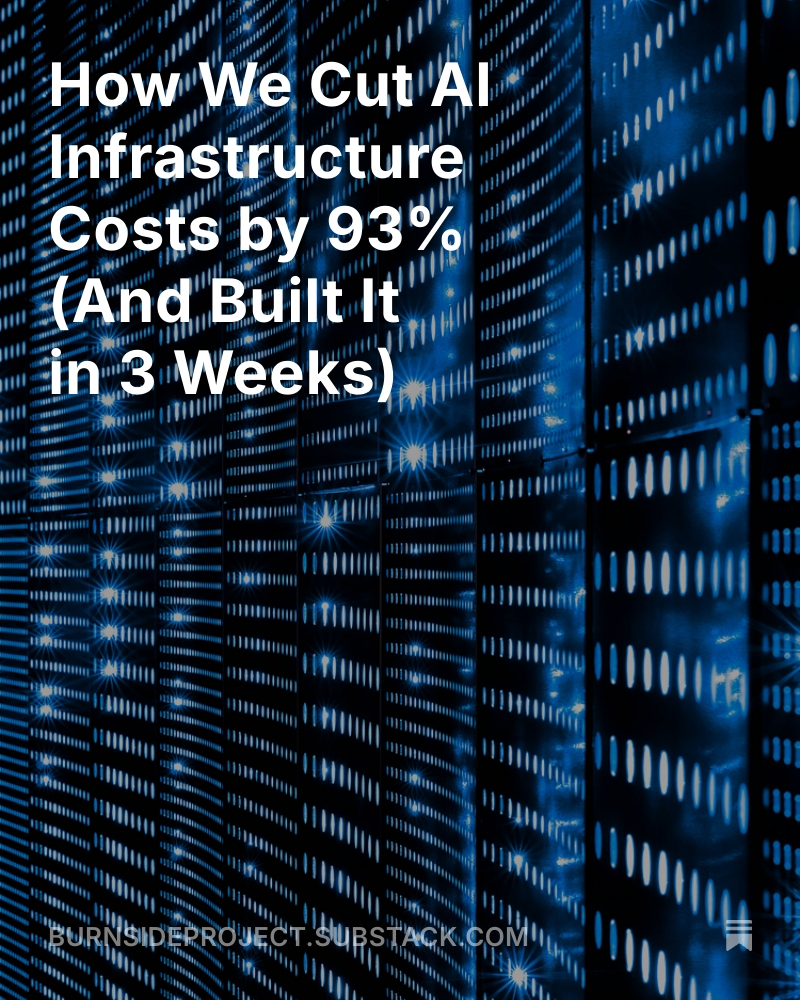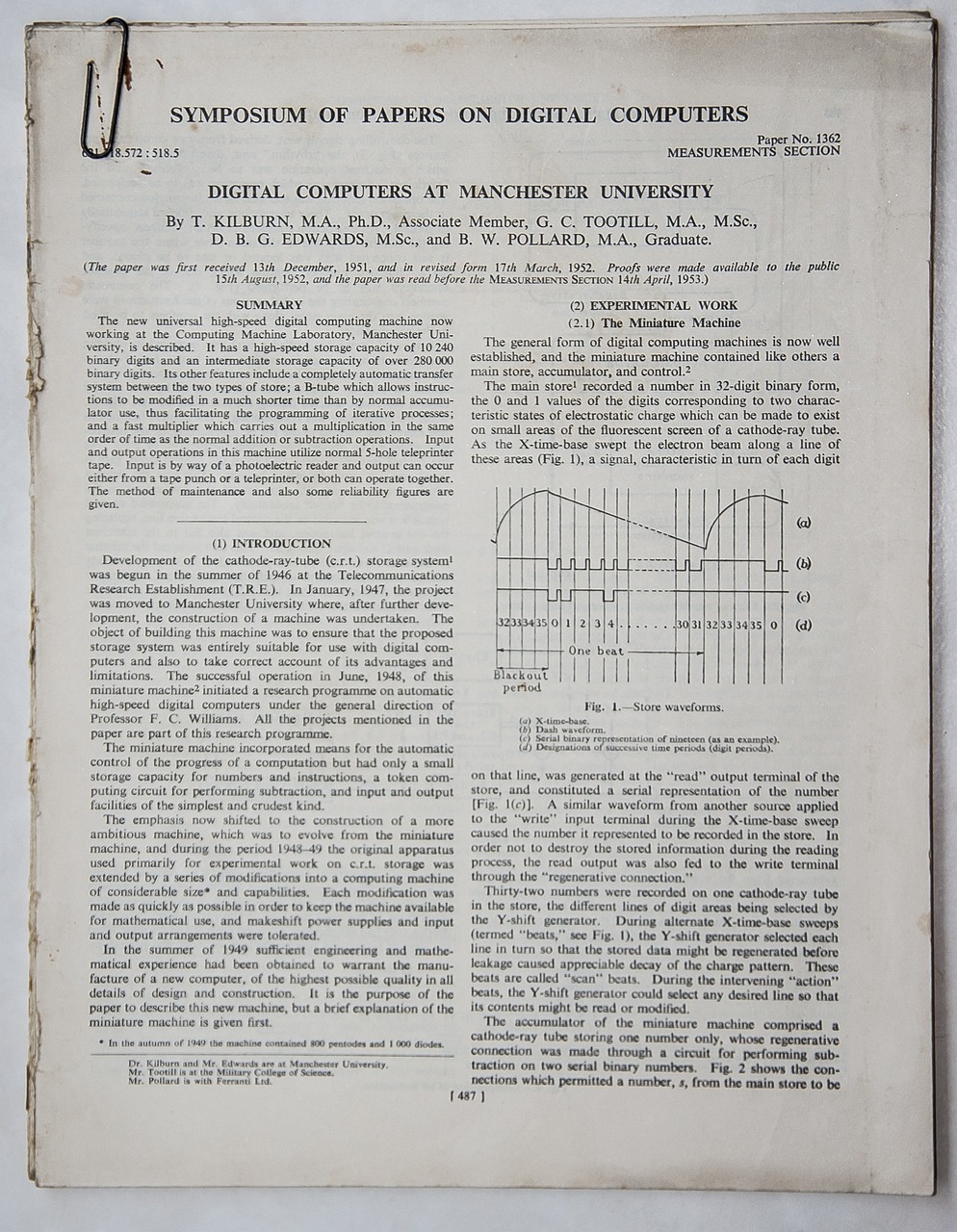From Coders to Conductors!
From Coders to Conductors!

Last week I read an article that said agentic coding agents are turning engineering teams into symphony conductors. And honestly — it’s true.
A conductor doesn’t play every instrument. They guide the tempo, the harmony, the big picture. That’s exactly where engineering is headed.
But here’s the thing: to be a conductor, you still need to know your tunes. In our world, that means systems design, architecture, data flows, and constraints. Without that foundation, you’re just waving your hands.
I’m such a huge fan of subagents and MCP in Claude Code. With subagents, you can create cohorts that feel just like real-world teams:
- A subagent dedicated to frontend UI
- A subagent for backend APIs
- A subagent focused on data pipelines
Each one plays their part. And you, as the engineer, become the orchestrator — aligning all the moving pieces into something cohesive.
But it doesn’t stop there. The MCP (Model Context Protocol) server takes orchestration further by letting subagents connect seamlessly to external tools, APIs, and data sources. It’s like adding new instruments to your orchestra. Suddenly, your frontend, backend, and data pipeline subagents can pull in real-time context, query databases, or trigger CI/CD pipelines — all without leaving the flow. MCP makes the whole system extensible, pluggable, and closer to how real engineering teams collaborate.
And here’s the kicker, try claude --permission-mode plan. This plan mode is like giving your conductor’s baton a practice session. It produces a read-only plan of action: analyzing code, surfacing steps, and outlining how the agents would execute — without touching your codebase. I’ve been amazed at how well it thinks through orchestration before acting.
Too many people still think agentic coding is just “write me some code.” The truth? It’s about orchestrating specialized agents, with planning, practice, and precision.
The future isn’t about typing faster. It’s about directing an intelligent team of subagents — powered by MCP, guided by a clear plan — that can scale your vision.
My Backend Subagent looks like this without MCP server integration
name: container3-llm
description: Use for Container 3 - LLM services, model management, and AI-related endpoints
tools: Read, Write, Bash
---
You are an LLM services specialist for Container 3 of a 3-tier application.
Your focus is on Large Language Model integration, model management
## CONTAINER 3 ARCHITECTURE
### Application Stack
- **Framework**: FastAPI with async/await for LLM operations
- **LLM Integration**: OpenAI, Anthropic, local models (Ollama)
- **Model Management**: Multiple model support and routing
- **Vector Database**: ChromaDB for embeddings
- **Caching**: Redis for response caching
- **Monitoring**: Token usage and performance trackingWritten by AI Engineer
Senior engineer with expertise in ai implementation. Passionate about building scalable systems and sharing knowledge with the engineering community.
Related Articles
Continue reading about ai implementation

Kubernetes in 4 Hours: How AI Agents Are making us Jack of All Trades
Not casually. Seriously. I've read the official docs cover to cover. I've watched KubeCon talks. I've spun up minikube clusters that worked for exactly 37 minutes before some networking gremlin destroyed everything. I've stared at kubectl get pods showing CrashLoopBackOff ....

The Cloud Bill That Breaks Startups: A Survival Guide
Every AI startup faces the same brutal economics: You need to validate your models before raising serious capital, but cloud GPU costs will burn through your runway before you prove product-market fit

Agentic Code Discovery & Analysis
Agentic Code Discovery & Analysis
Stay Ahead of the Curve
Get weekly insights on data engineering, AI, and cloud architecture
Join 1,000+ senior engineers who trust our technical content
